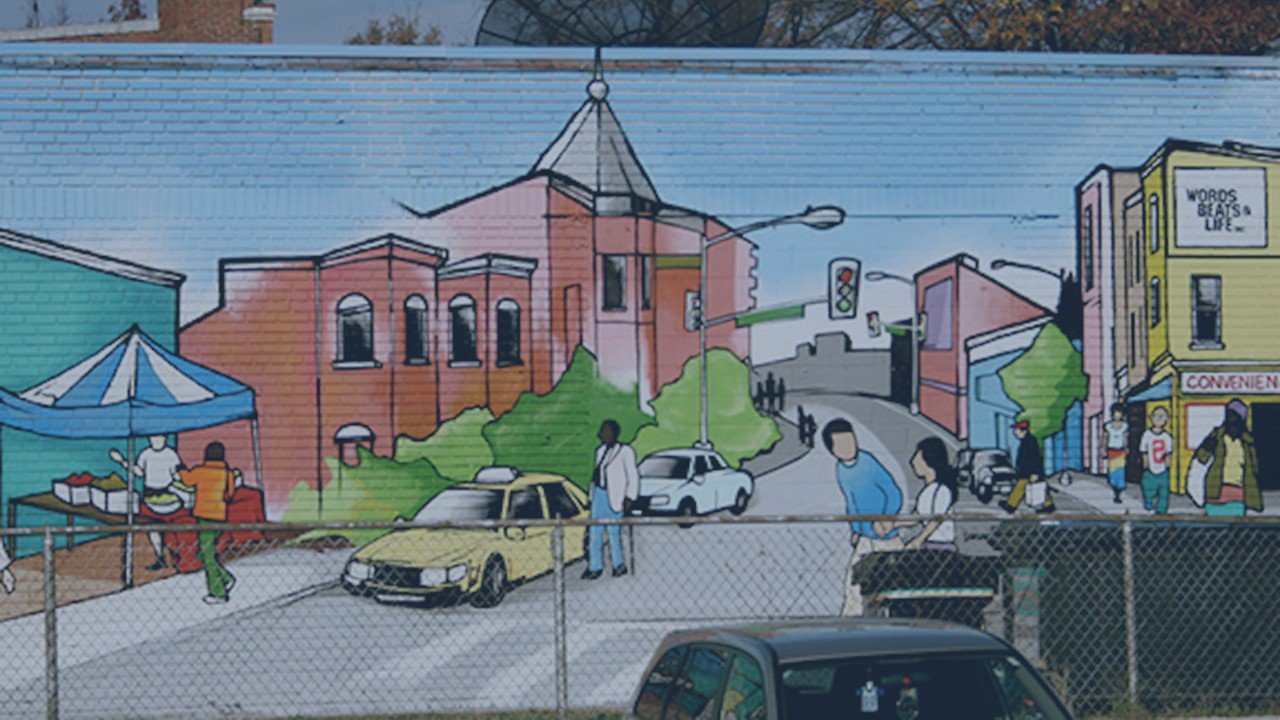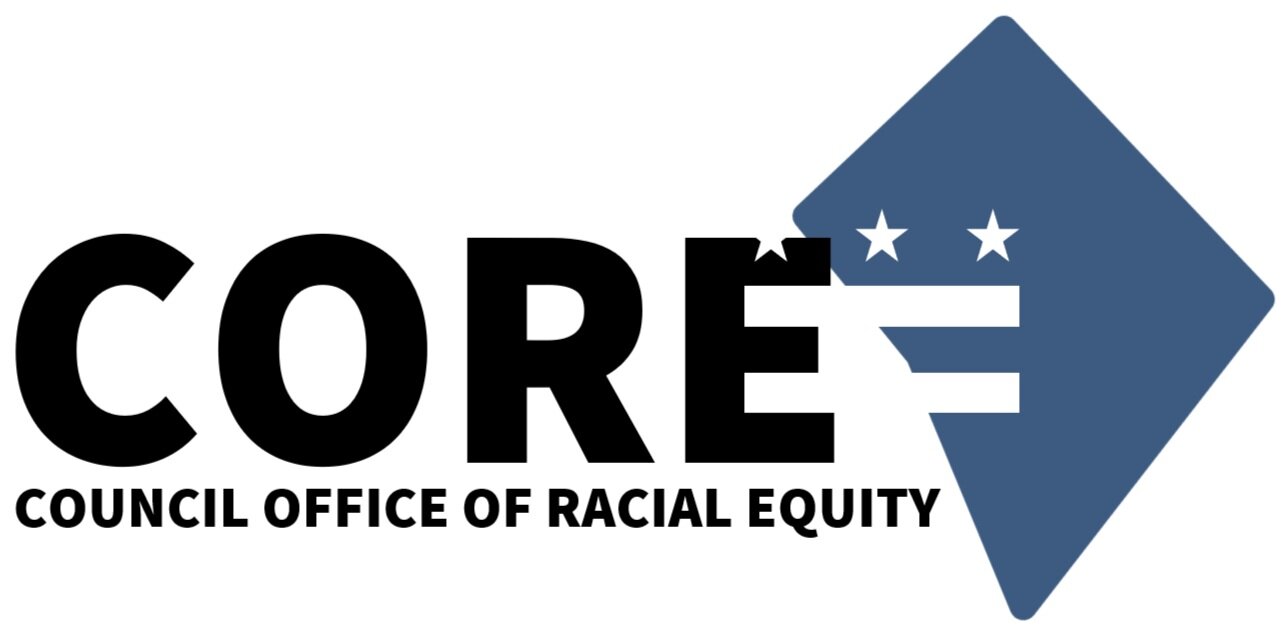
The Black-white Racial Wealth Gap in the District of Columbia
Introduction
MITRE and CORE collaborated on a data driven, systems approach to complete a recent study titled, A Systems Analysis of the Black-white Racial Wealth Gap in the District of Columbia. The goal of this study is to understand the Black-white racial wealth gap in the District, how it operates and is reinforced, and how to achieve change. For more about MITRE and its mission, please visit www.sjp.mitre.org.
Closing the Black-white racial wealth gap requires coordinated, transformative efforts by all sectors—academic, public, private, and nonprofit—in ongoing partnership with residents experiencing racial inequity in wealth and wealth building activities. This study provides insights to inform future research, analysis, solutions, and strategic planning to close the racial wealth gap.
The buttons below allow you to either download the full study or view a shortened, interactive summary of the study. There is more information about the interactive summary of the study and instructions for how to use it as you scroll down this page.
Systems Analysis Overview
In analyzing wealth as a system of systems, the study shows how racial inequities are shaped by a combination of current and historical policies and practices, rather than one policy or practice alone. A one time change in any individual factor, such as education level or income, is unlikely to drive the overall wealth building system to a sustained, racially equitable state. Reinforcing feedback loops encourage the wealth building system to continue existing patterns, which lead to racially inequitable results.
Watch a Summary of the Study
MITRE and CORE created the video below to explain, at a high level:
- How the study came to be
- What systems analysis does
- How to understand and interact with the diagrams in the study
- What the study says about understanding the Black-white racial wealth gap
- The immediate actions that could be taken following this study
MITRE’s Social Justice Platform
MITRE’S Social Justice Platform is applying data analysis, modeling, equity-centered design, and change management capabilities to advance equity in programs and communities. This platform helps MITRE’s partners gain insight into complex social issues and systemic inequities, create solutions that disrupt those systems, and coordinate their investments for a lasting impact.
In addition to the online PDF of the study and the video above, MITRE has created an interactive summary for the study on their Social Justice Platform. This interactive summary is also discussed in the video above.
Instructions for MITRE’s Interactive Summary
Once you go to the interactive summary and scroll down, you will find three diagrams that have been pulled from the report:
- The first diagram under the section titled, "About the Black-White Racial Wealth Gap," shows average property values, median household incomes, and poverty rates by race in the District. You can view each of these different data points by clicking on the “property,” “income,” or “poverty” tab in the upper left corner of the diagram.
- The second diagram under the section titled, “Wealth as a System of Systems,” is a causal loop diagram that shows the factors that the study found contributes to wealth building.
The first tab of this diagram shows the entire causal loop diagram for wealth building in the District. The factors that contribute to wealth building are represented by circles. The color coding of the circles represents different categories. There are a total of six categories. For example, orange circles represent factors related to workforce readiness and green circles represent factors related to financial assets. The diagram also shows the relationships among those factors, which are represented by arrows.
The second tab focuses on the "employment" category from the larger causal loop. The third tab focuses on the "workforce readiness" category and the fourth tab focuses on the "homeownership" category from the larger causal loop. Like the larger casual loop in the first tab, factors in tabs two, three and four are represented by circles and the relationships among those factors are represented by arrows.
You can view the larger casual loop diagram by clicking the “all” tab in the upper left corner of the diagram. You can view each category on its own by clicking on either the “employment,” "workforce readiness," or “homeownership” tab in the upper left corner of the diagram.
You can view the remaining three of the six wealth building categories by clicking on the links at the bottom of the second section. These categories include “financial assets,” “debt management,” and “social networks and personal approaches to wealth”. - The third diagram under the section titled, “How Do We Alter the Behavior of an Entire System?” shows three summary feedback loops from the larger causal loop diagram. Whereas the diagrams in the second section showed each individual factor, this third section focuses on the relationship between categories. The categories are represented by circles. The relationships among those categories are represented by arrows.
The first tab of this diagram shows all three of the key feedback loops driving wealth in the District. Then, the second tab of this diagram shows only the "investing in employment" loop. The third tab shows only the “financial resilience” loop. The fourth tab shows only the "increasing rates of return" loop.
You can view the combination of the most impactful categories by clicking the “all” tab in the upper left corner of the diagram. You can view each category on its own by clicking on either the “employment,” “financial resilience,” or “rates of return” tab in the upper left corner of the diagram.
For detailed information about the symbols in the second and third diagrams, see page four of the study.
Header mural painted by Eric B. Ricks as part of DPW's MuralsDC program.
